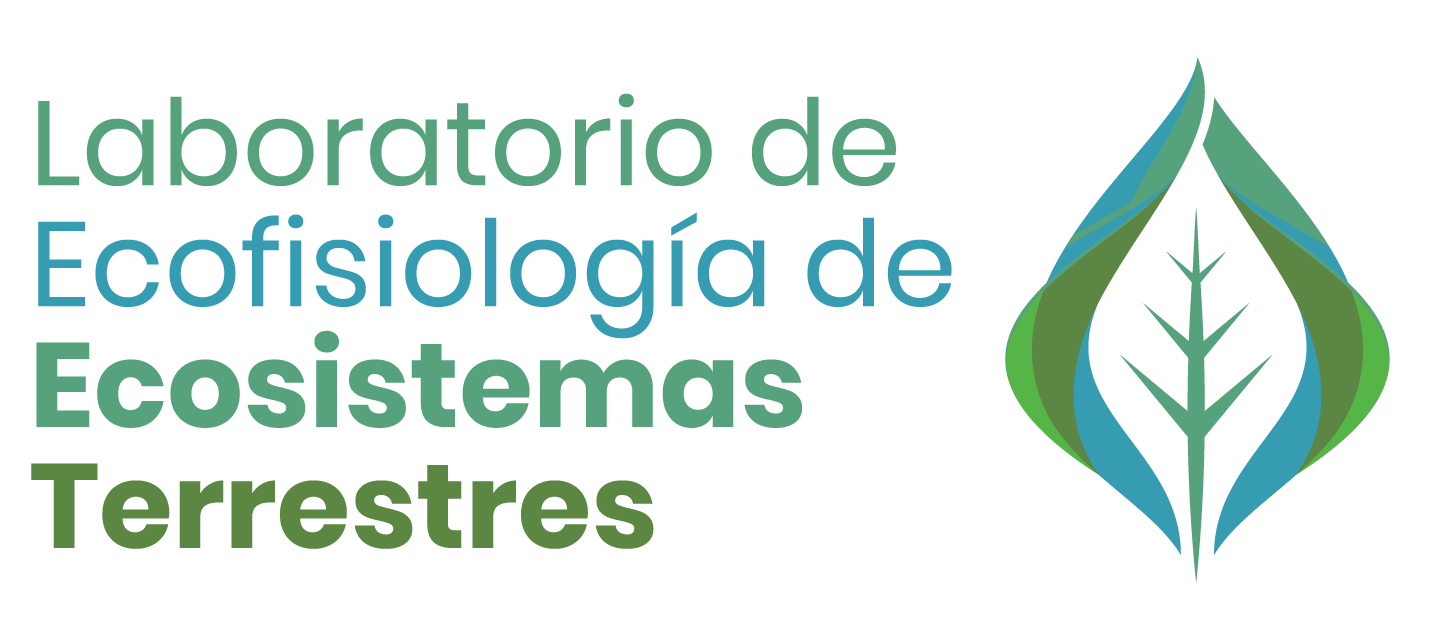“The right to seek the truth also implies a duty; one must not hide any part of what he has recognized to be true.”
Albert Einstein
With collaboration of several researchers from the Mexican Carbon Program (PMC) and MexFlux, we are monitoring CO2 and H2O fluxes using the eddy covariance approach. This project encompasses studies of ecohydrology, plant ecophysiology, remote sensing and phenology, the ecosystem carbon and water cycle and meteorology. The initial focus towards a national synthesis aims to address different questions related to carbon fluxes (net primary productivity, respiration) and water-use efficiency to better understand the structure and functioning of semi-arid ecosystems in northwest Mexico.
Ongoing projects:
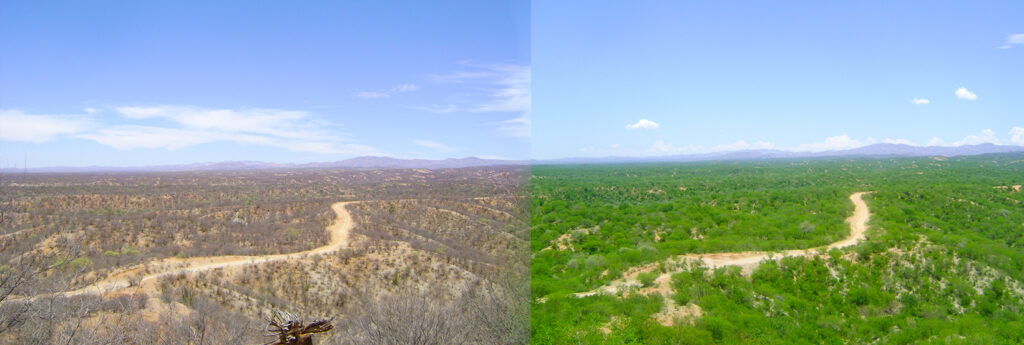
Stable isotopes are used to track different stages of the hydrological cycle. The natural abundance of stable isotopes provides integrated information on ecosystem function and describes variation in the water-use of vegetation. We work with members of the Laboratory of Ecohydrology from the Sonora Institute of Technology (ITSON) and the National Laboratory of Geochemistry and Mineralogy (LANGEM) to monitor stable isotopes of carbon and water. We seek to answer questions related to the contribution of vegetation to total evapotranspiration, water-use efficiency of ecosystems, and the origin of rainfall based on climatic and geographical conditions of northern Mexico.
Ongoing projects and current work:
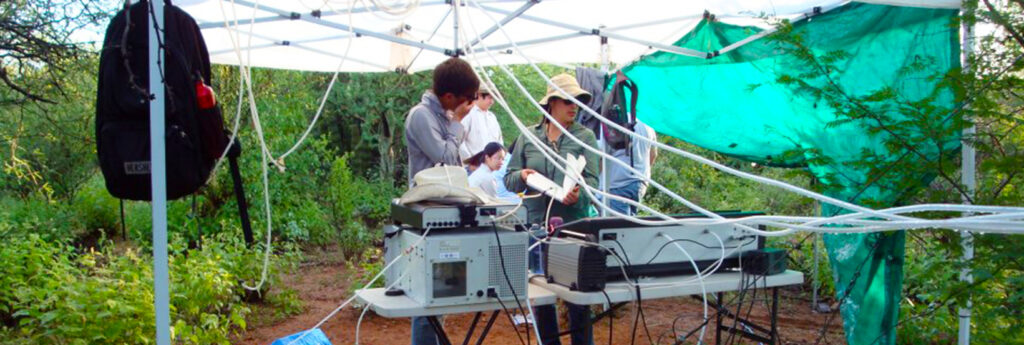
This project seeks to answer questions regarding plant and ecosystem function with respect to water, carbon, momentum and energy fluxes in the highly variable hydroclimate of semi-arid central Australia. We continue our collaborations with colleagues from the University of Technology Sydney and the Hawkesbury Institute for the Environment.
Ongoing projects and current work:
We acknowledge the Aboriginal people of the Anmatjere community upon whose ancestral lands our research has been conducted.
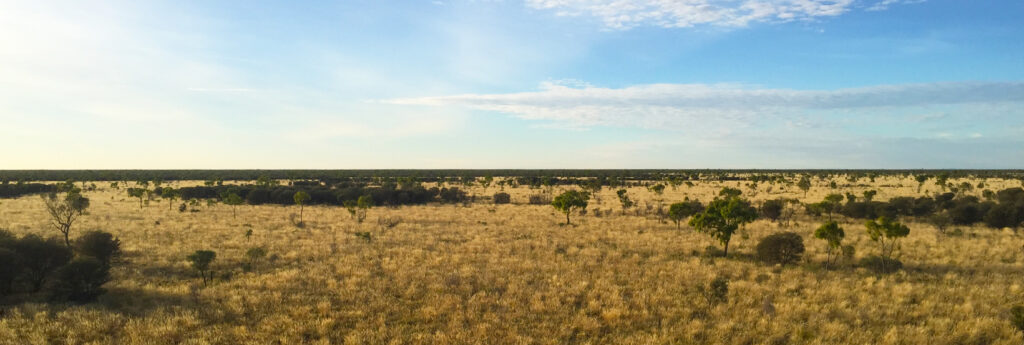
Mean global temperatures are expected to continue to increase in the near future under current climate change model predictions. In this project, we are investigating plant responses to environmental cues in C4 and C3 grasses, which are an important source of food and bioenergy. We run experimental studies to test how high temperature affects the plant carbon relationship by evaluating different plant physiological traits. We collaborate with researchers at the Sonora Institute of Technology (ITSON) and University of Delaware. This work is expected to identify potential targets to improve abiotic stress tolerance in crops that will provide solutions for future food security and sustainable production.
Ongoing projects and current work:
We respectfully acknowledge that some of our research takes place on the traditional territory of the Indigenous people of the Yaqui Tribe, who were here before us and continuing relationships to these lands.
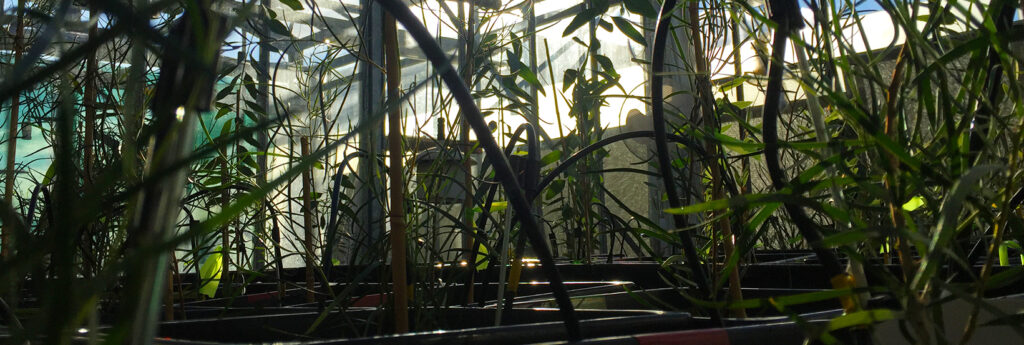
In this project, we are evaluating the immediate short-term effect of contrasting extreme flooding events (from inland storms and ocean surges) on CO2 and CH4 fluxes in a temperate salt marsh. We specifically seek to answer whether or not there is a legacy effect on CO2 and CH4 fluxes and whether we can identify drivers of CO2 and CH4 fluxes during flooding events. This research is part of our collaboration with University of Delaware, particularly with Dr. Rodrigo Vargas’ research team from the Department of Soil and Plant Sciences.
The study site is located at the St. Jones Reserve St. Jones Reserve and an acknowledgement is given to the land of the Lenni-Lenape tribal nation (Delaware nation).

